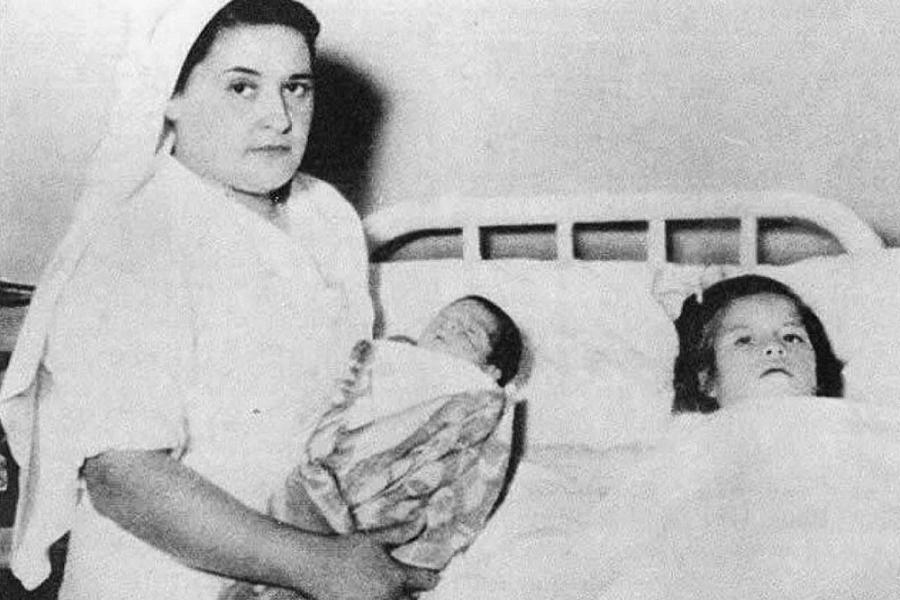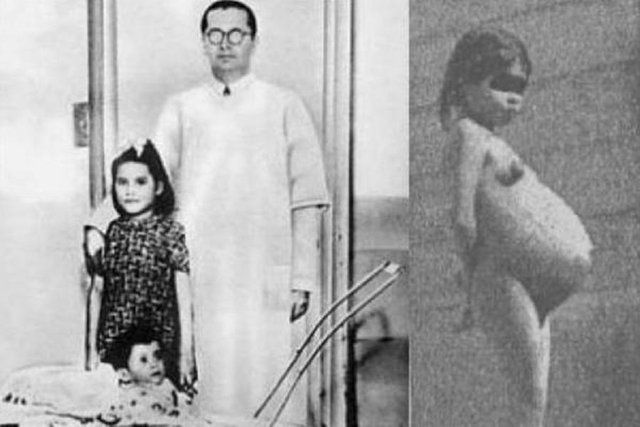The Story Of Five-Year-Old Lina Medina, The World’s Youngest Mother
In 1939, a healthy young girl gave birth to an equally healthy baby boy. The only noteworthy detail about this event was the mother's age: She was five years old.

In the early spring of 1939, a worried family from a remote village in Peru took their five-year-old daughter to a doctor in faraway Lima. The girl’s belly had been growing for several months, and her mother was afraid she might have a tumor.
To their shock and dismay, the doctor diagnosed their daughter, Lina Medina, as being seven months pregnant. Six weeks later, Medina became, at the age of five years and seven months, the youngest girl known to have given birth.
Her case took pediatricians of the time by surprise, and the matter has been the subject of speculation ever since. Medina never revealed who the father was, and to this day she and her family shun publicity from the outside world.
The real story of Lina Medina, the world’s youngest confirmed mother, and of the circumstances surrounding her extraordinary tale give insight into both the society she grew up in and the vagaries of human biology.

Lina Medina’s condition certainly came as a surprise to everybody who studied the case, but among pediatric endocrinologists, it wasn’t entirely unthinkable.
About one in every 10,000 children develop a condition known as “precocious puberty,” in which the child’s body reaches sexual maturity before age eight. Roughly ten times more girls than boys develop this way, and there is reason to suspect that it might be accelerated by sexual contact at an early age.
Later analysis strongly suggested that Medina may have reached menarche as early as eight months after birth, though other reports claimed she had been having regular menstrual periods from the age of three.
Examination of the five-year-old Medina showed that she already had developed breasts, wider-than-normal hips, and advanced (that is, post-pubescent) bone growth. To all appearances, at the time that Lina Medina got pregnant – right around her fifth birthday – her body was that of a very petite, immature woman.

Precocious puberty is a good proximate explanation for Lina Medina’s pregnancy, but obviously it doesn’t explain everything.
Getting a period at three is a necessary, but not sufficient, condition for getting pregnant at five. Somebody, in other words, had to get her pregnant, and given the 100,000-to-1 odds against it, that person probably wasn’t a precociously pubescent five-year-old boy.
Medina herself never told her doctors or the authorities who the father was, though her own father, a silversmith named Tiburelo, was briefly arrested for suspected child rape. He was eventually released and the charges against him dropped, however, when he strenuously denied having had sex with his own daughter and no evidence or witness statements could be found to hold him.
In an article about the case, published in an October 1955 wire service, author Luis Leon reported that many of the remote Indian villages of Peru hold regular religious festivals throughout the year that still maintain a strong pre-Christian atmosphere and frequently devolve into group sex and sometimes rape.
It is not unheard of for children to be present at, or at least not far from, these revelries. In the absence of a confession or other facts about Lina Medina’s case, including her own observed difficulty with giving clear statements, this provides a plausible, if not exactly proven, potential source for the sexual intercourse that had to happen for her to get pregnant.
